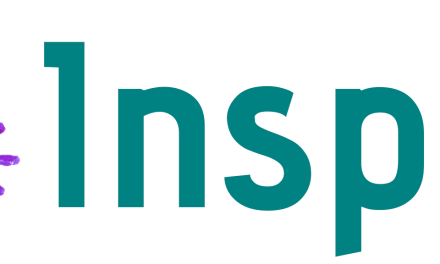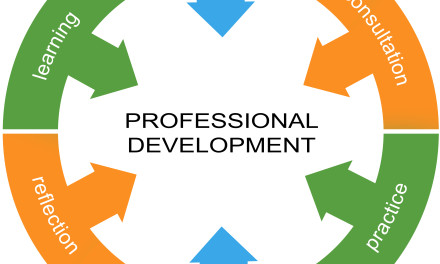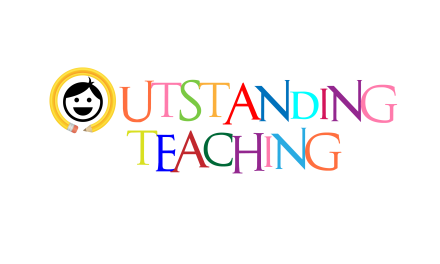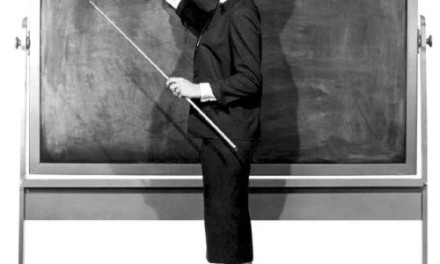OK, here we are again with the next update in what might well be a very long, and hopefully insightful, journey! This blog post makes much more sense (well, maybe a little more sense) if you’ve read part 1 here. Overall it’s been well received by the education community at large (well, a few folks on Twitter), although there have been some dissenting voices from those people who think marking is the holy grail and woe betide anyone who disagrees. But I’m not worried about them. Because I know we’re right in what we’re doing. So there.
Lots of people have been asking about the practicalities of the approach in the classroom, so I thought I’d share some of the lesson structure we are currently working with. None of this is earth-shatteringly new, or particularly innovative or inventive. It can be argued that it’s just good AfL classroom practice. I guess we’re just doing more of it. Anyway, a typical lesson goes something like this:
Intro (with possibly an identified group from previous assessment going off to do task straight away)
Children sent into groups based on assessment after intro (self assessment and Teacher assessment used)
Teacher/LSA check on independent group who went off straight away
Teacher/LSA go to work with identified group after intro
Teacher/LSA do ‘understanding sweep’
Teacher/LSA go to work with identified groups
Teacher/LSA do ‘understanding sweep’/mini plenary
Depending on length of lesson extra group work might be included
Plenary/Assessment (self-, peer-, Teacher)
Not particularly rocket science I know…but each group and understanding sweep is focused and questions are often planned in advance to stretch learning/address misconceptions. Learning objectives are very tight and success criteria are matched closely to L.O. to enable children to identify their own and others’ next steps. Any ‘marking’ by adults or children is done within the lesson and the feedback given in the lesson and at the point that it has the most impact.
This doesn’t give very much room in the lesson for the teacher do be doing much else…but good teachers don’t sit at their desk anyway 😉
Staff are saying that they’ve never worked more intensely in a lesson…but are shouting about how much better it is, how much the children are enjoying the interaction more and how much quicker they can move learning on.
Pt. 3 to follow soon…






I’m really interested in this and would be keen to trial it in one of my classes. I’m keen to clarify how big the classes are and do you think there’s a size where this would be unmanageable? Also would it work without a lsa in the room? Any opportunity to observe an example would be great
Makes total sense – looking forward to next blog. Possible you tube opportunity???
I can see this working really well in maths, but less clear about how it would work in the way described in English. I would be very interested to hear how the trial is going,in English lessons in particular.
V interested in this. Equally interested to know how this would work in English. Do the teachers get to talk and give feedback to each child each lesson?
What exactly do you mean by an understanding sweep? I agree with the commenter above- a YouTube vid of this in action would be great. What do parents think of this new approach? Do teachers write anything in kid’s books?
Looking forward to hearing more!